So, as I mentioned in the initial research log I've edetid a few times now, the 6.3" LCD can be bought with or without a backlight.
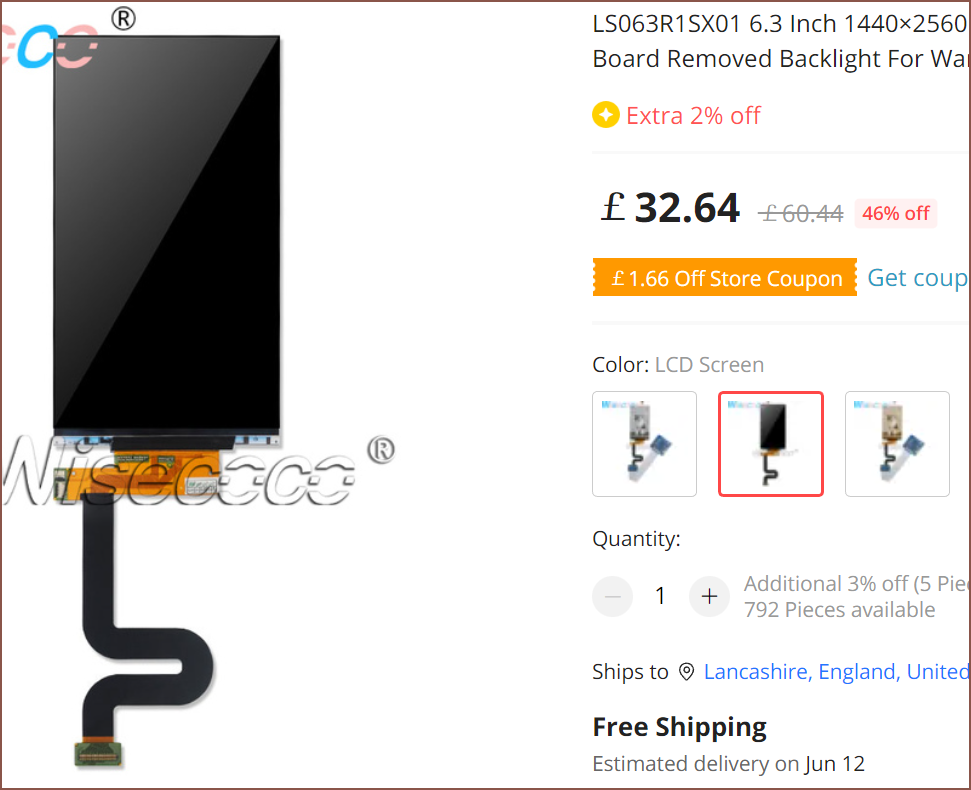
So, as a person of many long winded projects and projects within projects, I thought "You know... maybe it's possible to get most of the OLED benefits without the OLED drawbacks and DIY a mini-led-style local dimming zone array like the iPads."
So, since I know about the world of LED matricies because of the T^2 Tiles, I knew that it was possible to build a 2mm pitch matrix. The 6.3" has an active area of 79 x 140mm so that's essentially 39 x 70 = 2730 dimming zones. 40 x 70 = 2800 zones would probably be better as it'll cover every milimeter of the active area. I've heard that there's 2500 diming zones in the 12.9" iPad Pro, so if Apple thinks 2.5K zones is a good amount, I'll belive them.
Now I was wondering how I'd even get so many LEDs on a single PCB. I thought I'd just use an off the shelf P2 64 x 64px matrix as a development solution and figure it out at a later date. I also considered white 1.9mm matrix modules, but it would likely be too thick and too expensive.
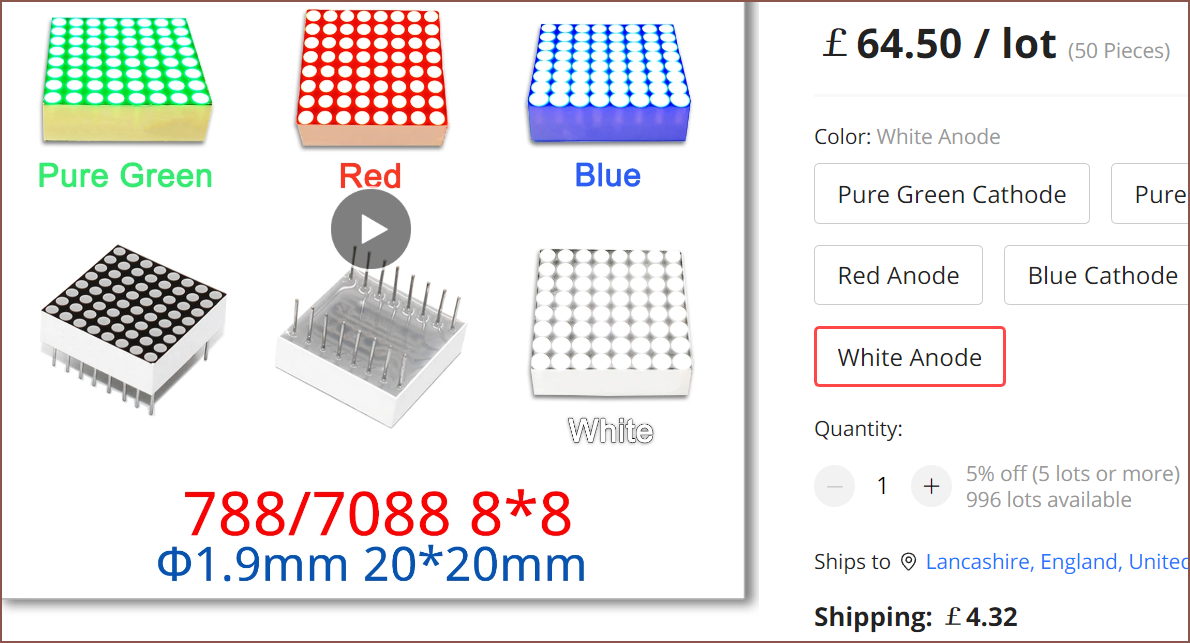
But, as it turns out, if I'm fine with 2.5mm pitch, I can get a 160 x 80mm LED matrix!
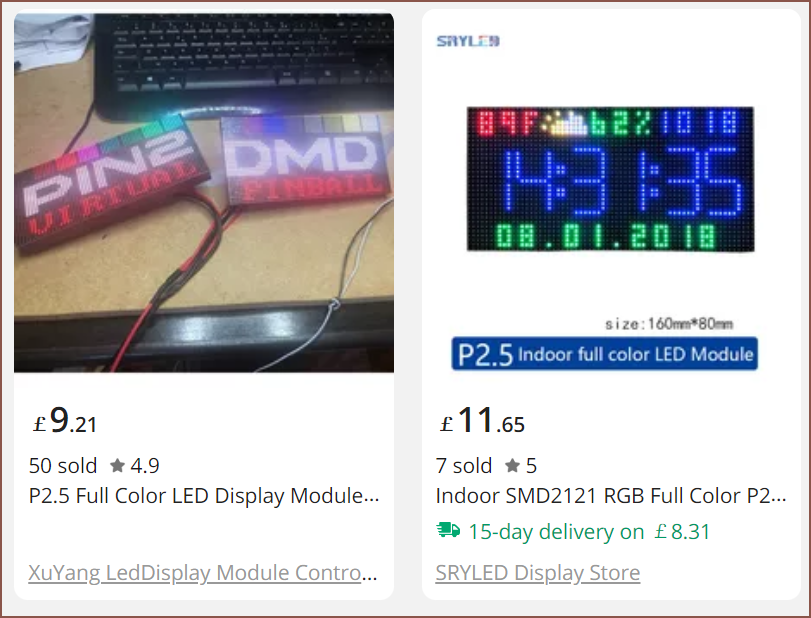
On the surface, they all seem similar, but the achievable brightness levels vary. So far, the lowest I've seen is 1000 nits and the highest is 1800. Remember that, due to the polerisation of the LCD, I'm losing at least 50% of the brightness. 40% efficiency is probably a decent estimate.
Thus, I'd expect to be getting 720 nits from the 1800 panel. Not quite HDR1000 but still brighter than all other screen options. Speaking of options:
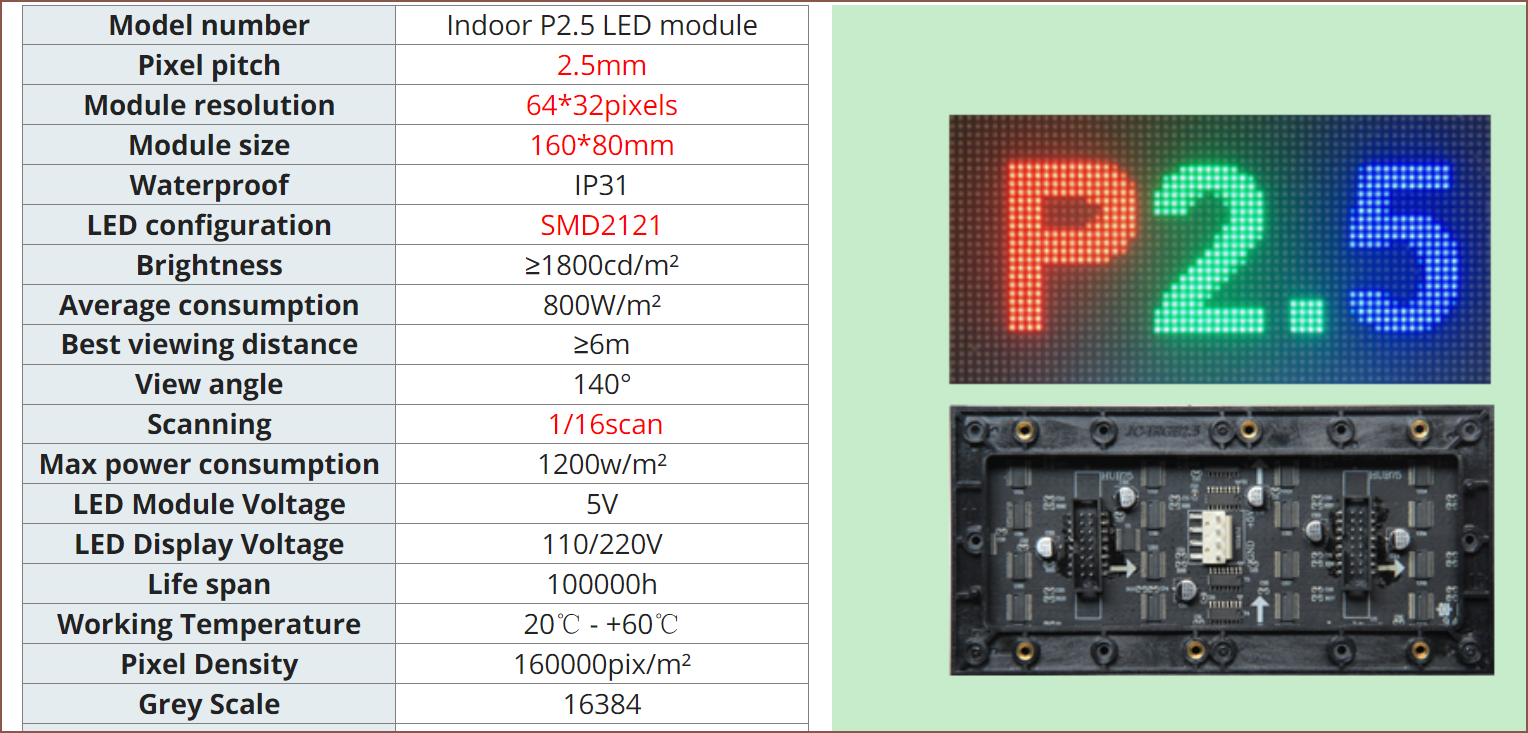

It seems that the second option is overall better since it's got a higher viewing angle, though the first one has a calculated max power of 15.36W. 14 bits per colour seems a bit excessive though... no? At least that means that there can be very granular white levels. I also wonder what "LED Display Voltage" is all about; surely they're not driving LEDs with AC power. Anyway, as you might be able to guess, the first panel is slightly cheaper, though only by £3.
Moving on, the matrix that would actually need to be driven is 32 x 56 = 1792 local dimming zones, which is probably fine for a DIY run. Max wattage therefore is 13.1W and 17.5W respectively, though I will assume that both screens are 17.5W. Still though, a completely white screen at max brightness is rather rare.
There's also, conviniently enough, documentation on how to wire up the panel:
[21 May: Edit 1]
So I did some searching, and most high end monitors are essentially around 2000-2400 dimming zones. Now, that sounds like a lot more than 1792 zones that I'm planning to use here, but remember that doubling the zones would only change the backlight resolution from 32x56 to 45x80, so blooming is only marginally reduced.
Ideally, I'd use a P1.25 to really get a resolution increase, but AliExpress doesn't have a compatible size. The best I could find was P1.875 240 x 120mm, where the excess 240 x 40mm would act similar to the LED module on the Framework 16 laptop.
As I was wrapping up my search, I did see a panel that specifically claimed "high brightness":
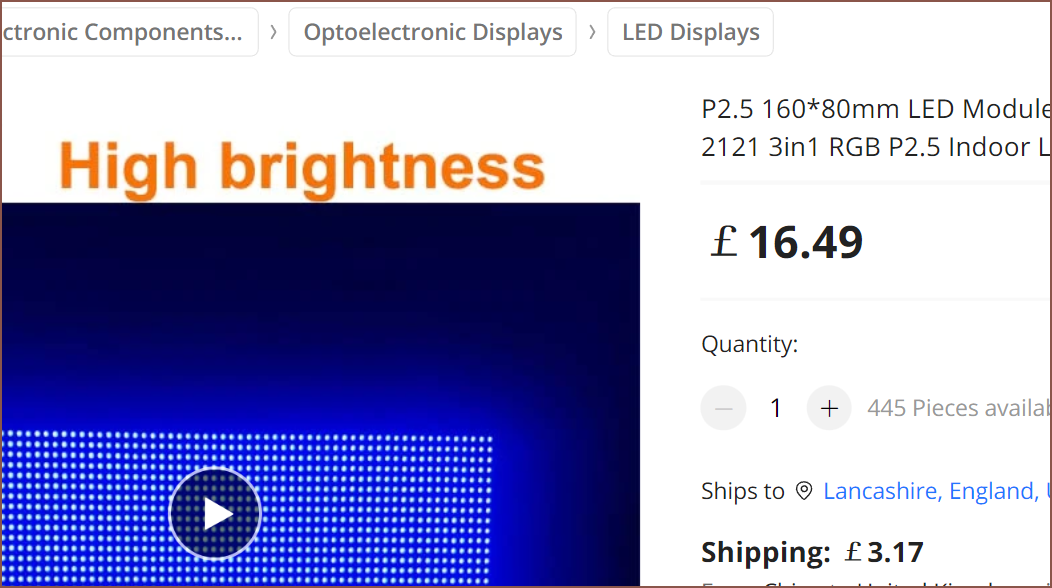
And it's totally true! 3.5K nits! HDR1000 is actually a possibility, potentially even Liquid Retina XDR*?

*1600nits peak brightness
[25 May: Edit 2]
There's almost no information about how I'd actualy go from an input video signal to a mini-LED LCD, but I just found this paper from 2009: https://sid.onlinelibrary.wiley.com/doi/epdf/10.1002/j.2637-496X.2009.tb00174.x
- The paper mentions everything from DCR (0D dimming) to 2D colour dimming (RGB LED matrix).
- RGB has a higher colour gamut and slightly lower power consumption than a white matrix.
- I need to modify the image going to the LCD to reflect the varying brightness levels of the backlight.
- I guess that's one more reason to go thought the effort to try and get the screens to act as landscape-by-default.
- There needs to be an "optical system" (so a diffuser?) to average out the differing levels of luminance. The diffused light is recommended to overlap across neighbours, however this is "crosstalk" and the dimming algorithm will need to compensate for it.
Thankfully, someone has asked what I've been thinking this entire time: Why are massive 27" panels only coming with 2000 zones??? Can't you get a set of 4pcs * P2 320*160mm LED panels (or P1.25 if you've got that monopoly money, or P2.5 for that budget-Apple XDR) and get 28,672 (P2.5), 44,800 or 114,688 local dimming zones for a suitably sized 16:9 panel?
Other papers I've found
 kelvinA
kelvinA
Discussions
Become a Hackaday.io Member
Create an account to leave a comment. Already have an account? Log In.